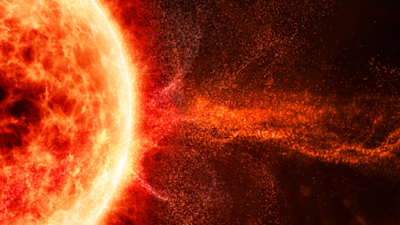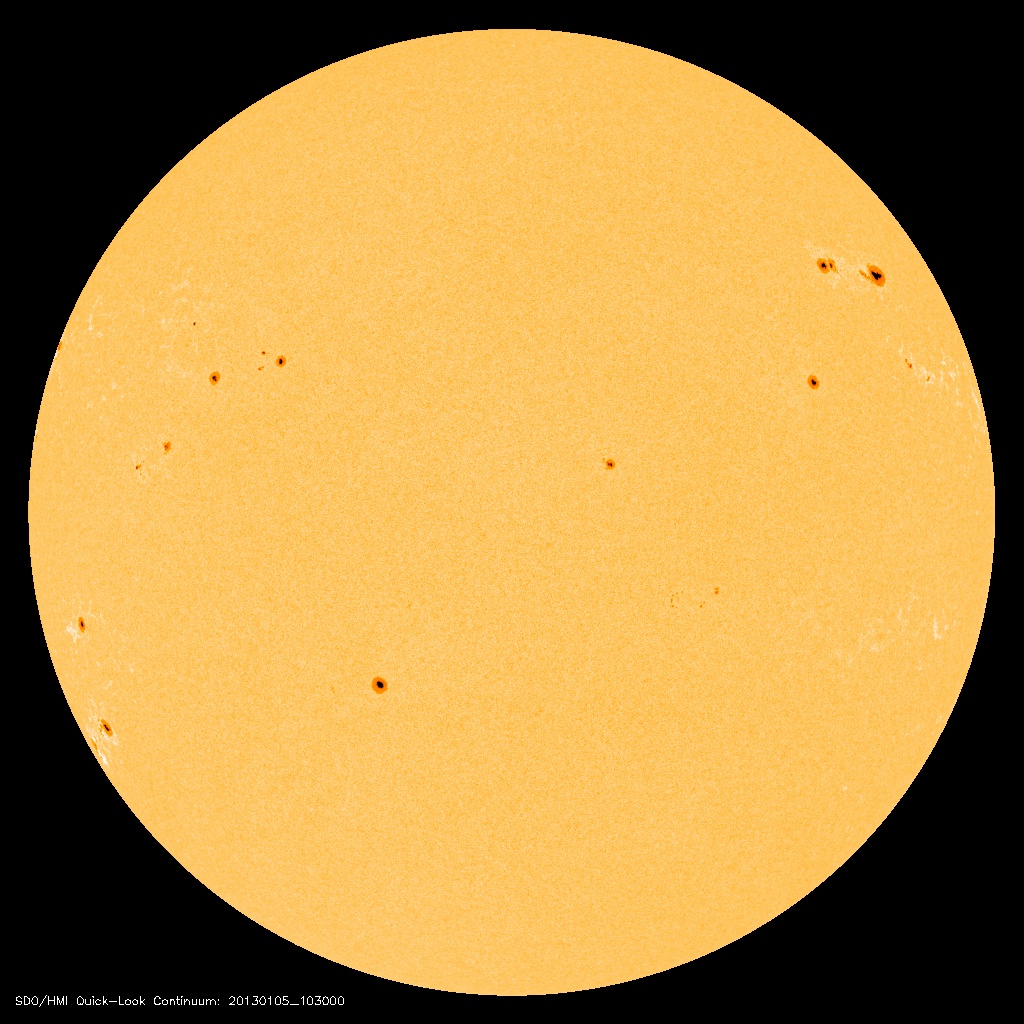-
Nature into 2032 – Here We Go
 #78810
19 d
28
#78810
19 d
28
Nature into 2032 – Here We Go
Posted Mar 17, 2025
by Martin Armstrong
Spread the love
QUESTION: NASA believes that this next solar maximum will be less than the last. Do you agree with that, or should I ask Socrates to agree with that? My second question is the coming asteroid. They say it will hit the earth in 2032. Is that part of Socrates’ forecast? -- Fred
ANSWER: Well, as for the asteroid hitting the Earth in 2032, they are playing it down really hard, like it has less than 3%. However, they are already looking at ways to try to destroy it because the odds are much higher than they are telling you. All I can say is that the 8.6-year cycle functions on a fractal basis, and it is extremely accurate. The precession of the equinox is nearly 25,800 years in duration, and that is 3 x 8.6. The fact that this is arriving in 2032 may simply be destiny and part of the universe’s timing.
Now, as to the next solar cycle, we show it should arrive here in 2025, but our computer disagrees with NASA, and it should be stronger than the last. This is the trend into 2032 for solar energy to intensify, meaning more significant flares and possible disruption to power grids, etc. This will be part of the trend into 2032 that will also impact the commodity markets.
Categories:View all messages by #78810 on this forum, all forums.
-
Humanity is NOT PREPARED for What's Coming Next &#...
 twll
34 d
64
† C †
twll
34 d
64
† C †
Humanity is NOT PREPARED for What's Coming Next 💥 March 2025 Forecast
All kinds of planet stuff in the month of march.
This March we have Solar Maximum, Mercury and Venus retrograde, four Cazimis, Eclipses, Spring Equinox, Neptune moving into Aires, and extra-critical planetary geometry from March 23-25th. No one knows how it's all going to play out but the combination of all these already on their own powerful energetic events TOGETHER looks to be quite explosive. Special report by Stefan Burns
-
Expand this whole thread (3 messages)
Newly Discovered Skyscraper-Sized Asteroid To Pass... turiya
30 m
416
turiya
30 m
416
- Re: Newly Discovered Skyscraper-Sized Asteroid To ... legna 30 m 364
-
Re: Newly Discovered Skyscraper-Sized Asteroid To ...
legna
30 m
324
This is a reply to # 2,452,513
Re: Newly Discovered Skyscraper-Sized Asteroid To Pass Earth On Halloween
[End]
-
An Earthbound 'Cannibal Coronal Mass Ejection' Eve...
 turiya
32 m
130
turiya
32 m
130
An Earthbound 'Cannibal Coronal Mass Ejection' Event Could Be Imminent
"NOAA/SWPC has the other five hitting in machine-gun fashion starting on the 18th."
-
stratospheric clouds over iceland
 trapper/kcmo
5 y
217
trapper/kcmo
5 y
217
stratospheric clouds over iceland
https://spaceweather.com/archive.php?view=1&day=04&month=01&year=2020
STRATOSPHERIC CLOUDS OVER ICELAND: A New Year's outbreak of polar stratospheric clouds (PSCs) around the Arctic Circle is continuing. The latest sighting comes from Iceland:
"This morning in northern Iceland the sky went crazy!" reports photographer Madelon Dielen. "We have never seen anything like this before."
To capture the scale of the clouds, Dielen took 7 photos and stitched them into a single panorama of the horizon:
"We couldn't believe our eyes!" Dielen says.
Indeed, polar stratospheric clouds like these are almost unbelievable. Normally the stratosphere has no clouds at all. Only when the temperature drops to a staggeringly cold -85C can sparse water molecules in the stratosphere assemble themselves into icy clouds. Typically, only a small number of these clouds appear during the coldest nights of Arctic winter.
Something about the winter of 2020 is different. Some observers say the current outbreak of PSCs is a "once in a lifetime event," bringing clouds of such intensity and color that tourists mistake them for daytime auroras. Where will they appear next? Stay tuned.
-
Everyone should watch this at least once in their ...
UserX
6 y
203
Everyone should watch this at least once in their lifetime
Everyone should watch this at least once in their lifetime..
https://www.youtube.com/watch?v=GoW8Tf7hTGA
View all messages by UserX on this forum, all forums. -
great aurora photo over Mt. St. Helens, Adams, Mt ...
 trapper/kcmo
12 y
1,023
trapper/kcmo
12 y
1,023
-
first G3 storm in a while
 trapper/kcmo
12 y
842
trapper/kcmo
12 y
842
-
sun snakes
 trapper/kcmo
12 y
940
trapper/kcmo
12 y
940
sun snakes
-
the sun is back in play
 trapper/kcmo
12 y
778
trapper/kcmo
12 y
778
-
Expand this whole thread (8 messages)
Sick Pigs from GMO Foods | Interview with Jeffery ... RRR Newport
12 y
4,945
† C †
RRR Newport
12 y
4,945
† C †
- Re: Sick Pigs from GMO Foods | Interview with Jeff... bearwoman5 12 y 3,748
- im gonna move this trapper/kcmo 12 y 3,616
- Re: Sick Pigs from GMO Foods | Interview with Jeff... albalover 12 y 3,560
-
Awesome! Thanks for posting.
saywhatagain
12 y
3,666
-
Expand this whole thread (2 messages)
Stunning images reveal the sun's most powerful sol... trapper/kcmo
12 y
2,561
trapper/kcmo
12 y
2,561
-
the sun has chicken pox. expect a fever.
 trapper/kcmo
12 y
1,065
trapper/kcmo
12 y
1,065
-
Expand this whole thread (3 messages)
Solar Flare Symptoms mo123 13 y 2,670-
Re: Solar Flare Symptoms
trapper/kcmo
13 y
1,834
-
Re: Solar Flare Symptoms
mo123
13 y
2,111
-
Re: Solar Flare Symptoms
mo123
13 y
2,111
-
Re: Solar Flare Symptoms
trapper/kcmo
13 y
1,834
- First
<< Prev
20Next >> Last
Add This Forum To Your Favorites!
Welcome to the Solar System Forum on Curezone. A special shout out to refugees from Earthboppin and SYZYGYJOB. Threads may be started on all subjects covered on those forums.
Forum Stats:
forum viewed 417,886 times
387 messages
204 topics
topics per page limited to: 10
average number of messages per page: 19
20 pages
CureZone Newsletter is distributed in partnership with www.netatlantic.com
Copyright 1999 - 2025 curezone.org






